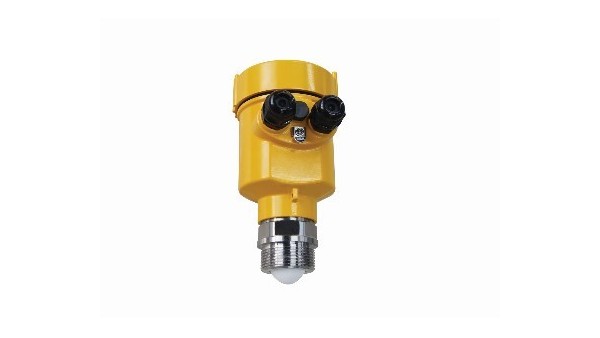In the modern petrochemical industry, accurate monitoring and control of the storage volume of crude oil and refined oil products is an important part of ensuring production safety, optimizing inventory management and reducing costs.
As a key link in crude oil production and preliminary processing, oil production stations have extremely high requirements for liquid level measurement accuracy and reliability.
With the advancement of technology, radar level meters have become the preferred liquid level detection equipment in oil production stations due to their non-contact measurement, high accuracy and strong adaptability.

Radar level meters measure the level of liquid or solid materials by emitting microwave signals and receiving their reflected waves. When microwaves encounter different media, they will be reflected.
By calculating the time difference between emission and reception, the liquid level can be determined. Because radar waves have good penetrability, radar level meters can be used in various complex environments, including high temperature, high pressure, corrosive and steam-rich conditions.

At the oil production station, the crude oil extracted from the ground first needs to pass through the separator for oil-water separation, and then the crude oil is stored in large tanks for further processing or transportation. In this process, radar level meters play an indispensable role.
1. Crude oil tank level monitoring. Crude oil tanks are usually large in size, and traditional level measurement methods are difficult to adapt to such a large range of measurement needs. Radar level meters can be installed on the top of the tank. Without direct contact with the liquid, the crude oil level can be continuously and in real time monitored to ensure the safety of oil storage and prevent overflow or dry tank phenomenon.
2. Separator interface detection. During the oil-water separation process, radar level meters can be used to monitor the position of the oil-water interface inside the separator. Since radar waves are sensitive to changes in dielectric constants, they can accurately distinguish the interface between oil and water, thereby effectively guiding the separation process and improving the quality of oil products.
3. Sewage treatment pool monitoring. The sewage generated during the oil production process needs to be collected and treated to avoid environmental pollution. In the sewage treatment pool, radar level meters can be used to monitor the water level to ensure that the sewage does not overflow abnormally.
At the same time, the treatment process is adjusted according to the water level data to optimize the recycling of water resources.

Radar level meters have the following advantages in oil production plants. Radar level meters do not need to contact the medium, which reduces maintenance costs and equipment loss.
They are particularly suitable for measuring corrosive media and dirty liquids. Even under harsh climatic conditions, they can work stably to ensure high accuracy of measurement data. Radar level meters are easy to install and debug, making it easy for on-site engineers to quickly put them into use.
Whether in land oil fields or offshore platforms, radar level meters can adapt to various extreme environments and ensure long-term stable operation.
The application of radar level meters in oil production stations has significantly improved the accuracy and reliability of liquid level measurement, providing strong technical support for the safe operation and efficiency improvement of oil production stations.
